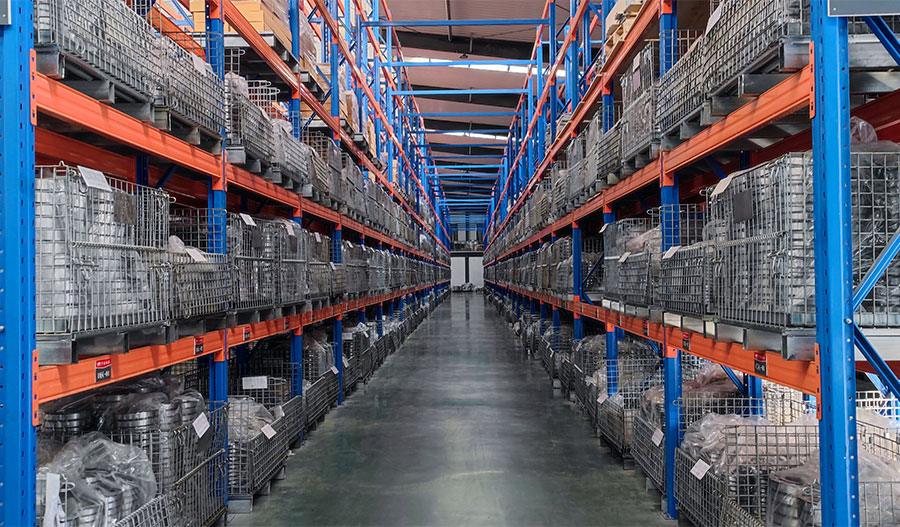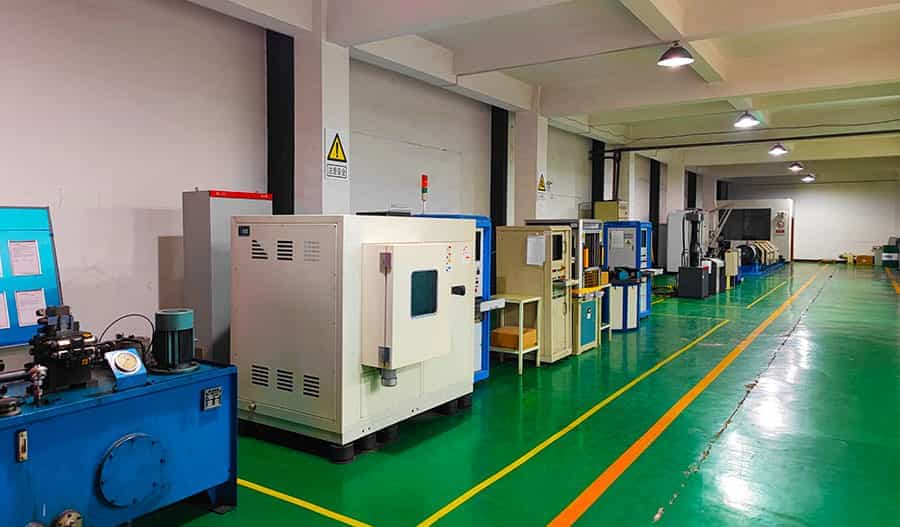WEBINAR
Deep Groove Ball Bearing
Learn MoreDynamic load evaluation and calculation of angular contact ball bearings is an important step in determining the load capacity of the bearing under operating conditions. The following is a basic approach to dynamic load assessment and calculation:
Understand Dynamic Loads: Dynamic loads refer to the changing loads that a bearing endures when it is operating, usually consisting of radial and axial loads. It is used to estimate the reliability of a bearing over a specified life.
Check the Bearing Manufacturer's Literature: Bearing manufacturers often provide dynamic load assessment data on bearings. These data are usually given in terms of dynamic load ratings (C).
Calculate the Dynamic Load Rating (C): The dynamic load rating (C) is the load capacity of the bearing at one million revolutions (or one million reciprocations). It can be calculated using the following formula:
P is the dynamic load on the bearing (usually expressed in Newtons), and f is the number of reciprocation the bearing experiences in one million revolutions (or one million reciprocations).
Calculate the Equivalent Dynamic Load (Pᵉ): The equivalent dynamic load (Pᵉ) is used to consider the complex load conditions of the bearing under different load directions. For angular contact ball bearings, the following formula can be used:
X and Y are the equivalent load coefficients of the bearing, and Pa is the axial load of the bearing.
Select the Appropriate Life Factor: Select the appropriate life factor (usually represented by L10 or L50) based on the application needs and life requirements. These factors represent a certain percentage of bearings that will fail over a given life.
Calculate the Rated Dynamic Life (L₁₀ or L₅₀): Use the following formula to calculate the rated dynamic life:
In these formulas, L 10 means that ten bearings will fail out of one hundred bearings, and L 50 means that fifty bearings will fail out of one hundred bearings.
Confirm the Actual Life: The actual life of the bearing can be determined based on the usage conditions in the application. The actual life may be lower than the rated life, depending on factors such as load, speed, lubrication, temperature, etc.
Consider Reliability: Considering the reliability needs of the bearing, it may be necessary to select a bearing with a higher dynamic load rating and longer life.
Verify the Calculation Results: Finally, verify the calculation results and ensure that the selected bearing meets the application requirements.
It is important to note that this is only a basic step in dynamic load assessment and calculation. Practical applications may involve more complex factors, such as impact loads, changes in axial load direction, etc. Therefore, when selecting and calculating dynamic loads on angular contact ball bearings, it is best to consult the bearing manufacturer or a professional engineer for accurate data and advice.
WEEYH is jointly formed by China's top agricultural machinery parts factories, focusing on the R&D and production of agricultural machinery parts. About 200,000 sets of agricultural machinery related parts are produced by WEEYH'S factories and sent to the world every year.

We have a top testing laboratory, from material analysis to finished product inspection, each link has a corresponding testing process. More than 30 kinds of testing equipment have built the guarantee of WEEYH safety.

Call for online customer support get FREE BEARING SAMPLE
Online Quotation